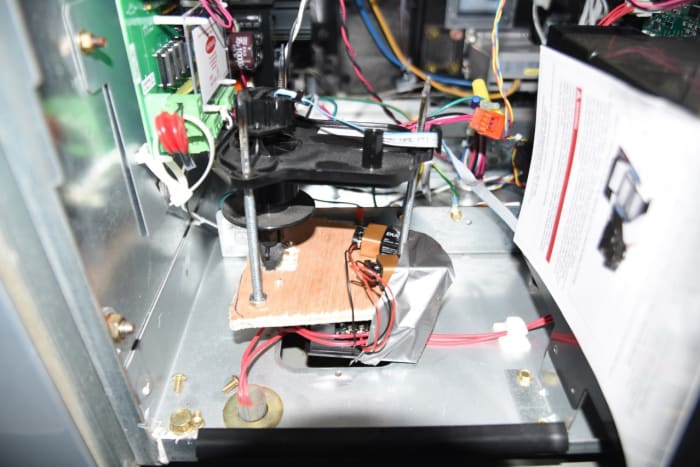Everything You Need To Know About BlackCat (AlphaV)
Did you know that the BlackCat ransomware group has successfully breached more than 60 organizations in a couple of months? Government, healthcare, or public utilities — the group has made it abundantly clear that everyone is a target and will demand ransoms that can reach into the millions. Our own research shows that the BlackCat cybergroup favors exploiting vulnerabilities found in Windows operating systems, Exchange servers, and Secure Mobile Access products. Let’s break down their tactics and ways to defend against their attacks.
Who is BlackCat?
BlackCat (also known as AlphaV, AlphaVM, ALPHV, ALPHV-ng, or Noberus) is a relative newcomer to the ransomware scene but quickly gained notoriety during its first active months. Discovered in November 2021, the group was feared for its sophistication. Experts and researchers believe the group may be associated with other advanced-persistent threat (APT) groups like Conti, DarkSide, Revil, and BlackMatter.
BlackCat: The Brief
BlackCat has been observed to have the knowledge to exploit these five vulnerabilities: CVE-2016-0099 (High), CVE-2019-7481 (High), CVE-2021-31207 (High), CVE-2021-34473 (Critical), and CVE-2021-34523 (Critical).
[1]CVE-2021-34473 and CVE-2021-34523, are both critical vulnerabilities found in Microsoft Exchange Server and require immediate remediation.
Although CVE-2021-31207, CVE-2021-34473, and CVE-2021-34523 have high severity scores, they should still take priority in patching efforts for their potential use in vulnerability chaining attacks and have multiple known threat actor associations.
CVE-2019-7481 is an SQL injection vulnerability that impacted SonicWall SMA100 version 9.0.0.3 and earlier. As this version is longer supported by the vendor, an immediate version upgrade is advised.
How BlackCat Operates
BlackCat’s entry into an organization’s network begins by leveraging stolen access credentials. At the pace security breaches occur, it is difficult to gauge how many credentials are stolen or leaked to the public every year, but about 20,000 (or 50%) of security incidents in 2021 were initiated by stolen credentials.
After initial access is made, BlackCat or similar ransomware groups silently collect…


